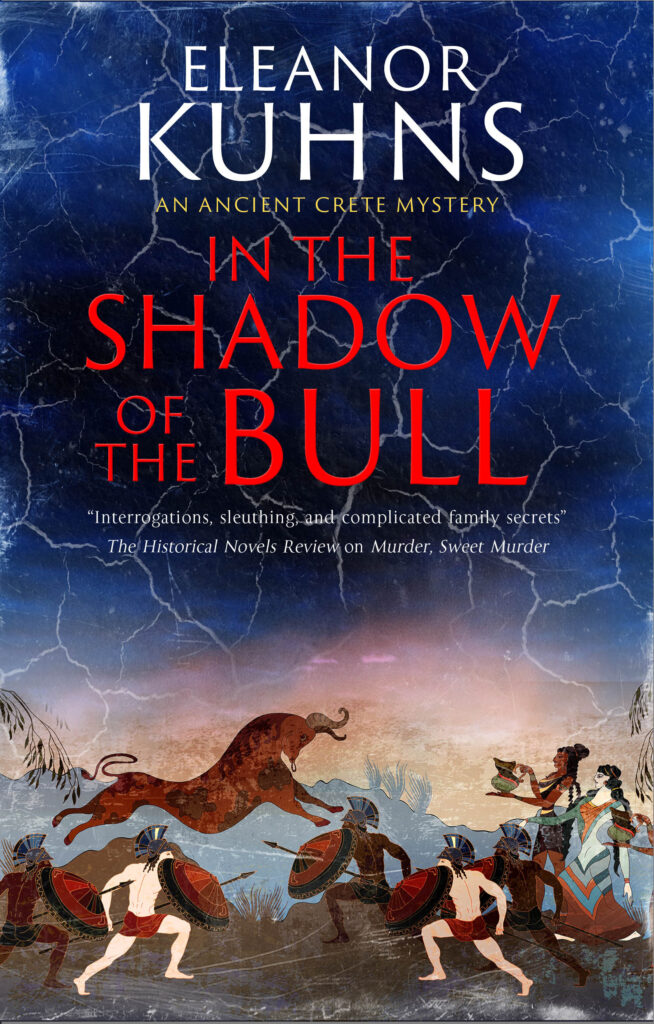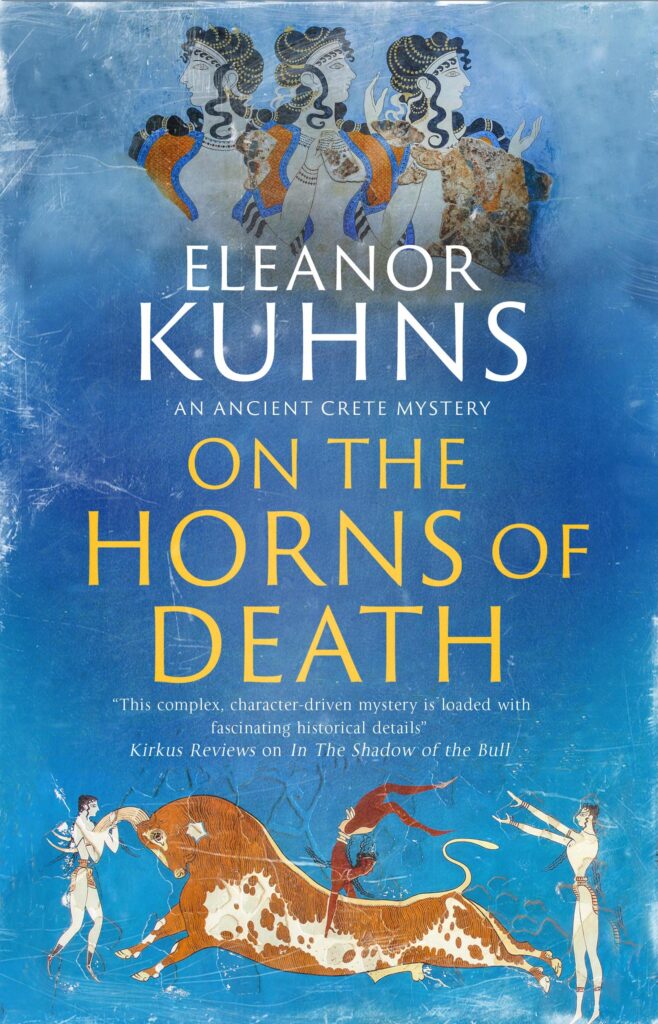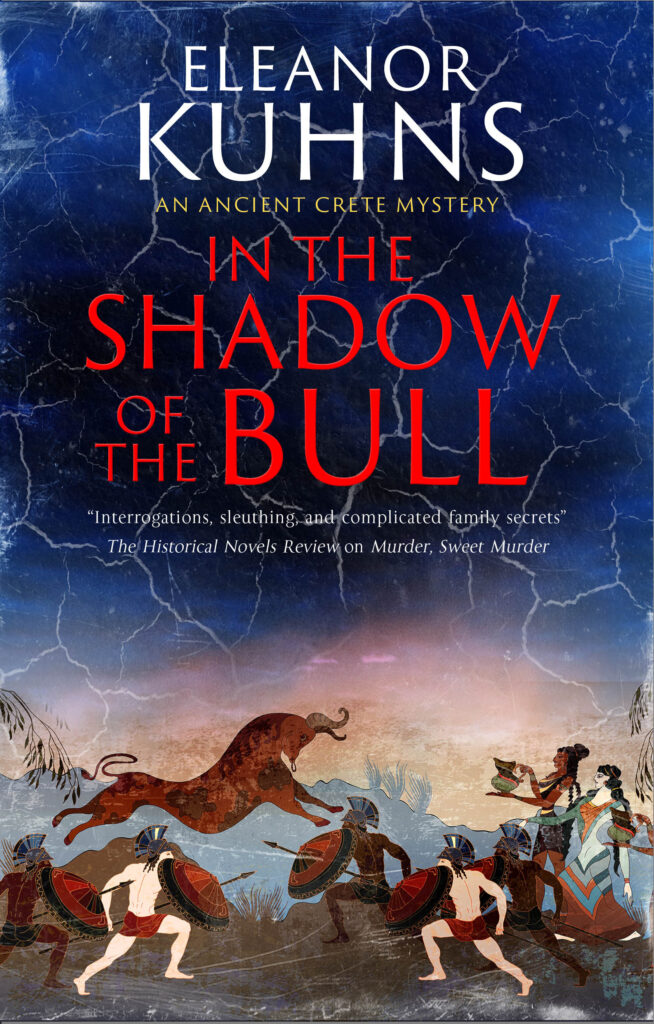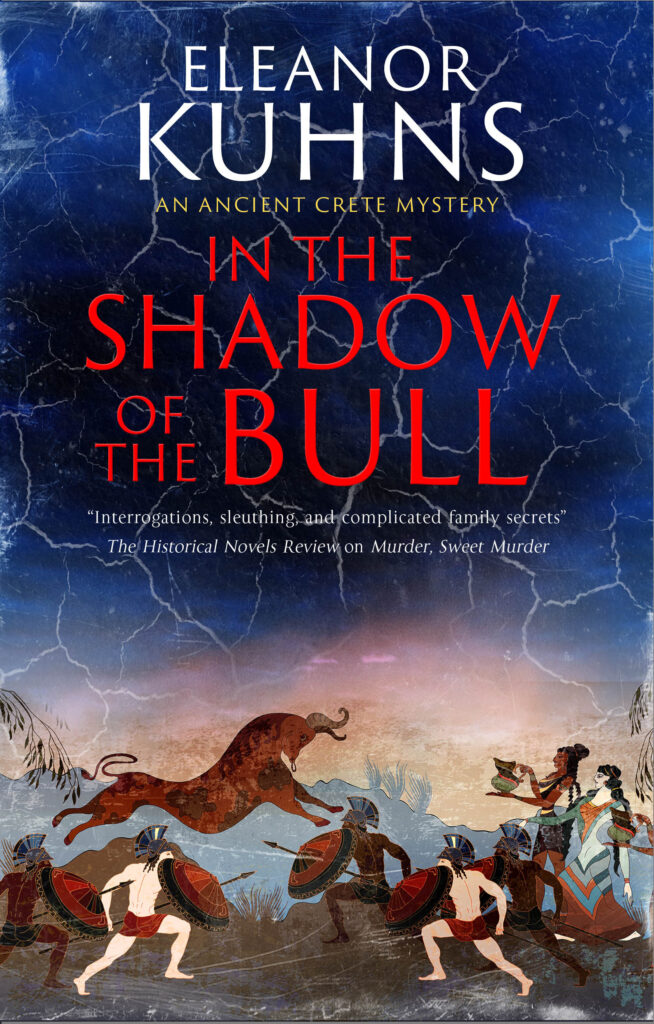he new God-centered religion and the status of women intersected.
Patriarchy went with these mounted warriors and the status of women took a nosedive. This culture worshipped male Gods and was stratified with warriors at the top, priests next, and craftsmen below. Warriors were buried with their weapons and sometimes their horses.
Take the Mycenaeans, for example. The Acheans were one of the first waves to hit Greece. In my previous blogs about Helen of Troy, I talked about her status. She was a princess, semi-divine, wealthy and the heir to the throne. Not her brothers – her. So the transformation of a women’s status was gradual. However, she could not choose her husband and her life was marked by rape and violence. At least the Mycenaeans were influenced by the earlier Bronze Age culture. As successive, and more warlike, waves of invaders came down eventually even Crete was breached and its cities sacked and burned.
We all know that the Jews are credited with the first monotheistic faith. Not so fast. According to Elinor W. Gadon, the very early Jews also worshipped a Goddess – the Queen of Heaven. In Jeremiah the prophet speaks out against her, saying that the Hebrews were exiled from Judea because of their neglect of Yahweh. (When they were exiled they went to Babylon which was at that time transitioning from Goddess worship to God worship. (Maria Gimbutas – The Living Goddesses.) But I digress, Anyway, according to the Bible, the people retorted that Judea fell because the rituals to the Goddess had been neglected after they’d been forbidden by the Deuteronomic reforms. (Jeremiah 44: 15-19).
By the time of the Classical Greeks and Romans, the status of women was in the cellar. Women were no longer permitted to leave the courtyards of father or husband except on certain religious festival days. In Greece homosexuality and pederasty were institutionalized. It makes a sort of sense if women were so devalued, their only value that of producing heirs, how could they possibly deserve love? In Rome women had no names but that of, first their fathers, and then their husbands.
The situation certainly did not improve with the advent of Christianity. Augustinian uses urine and feces to describe childbirth and refers to women as all that is vile, lowly and corruptible. We know one result of such passionate misogyny: the witch trials of the 1600s. According to Gabon (The Once and Future Goddess) thousands and thousands of women were burned at the stake. Estimates range from 100,000 to 9,000,000 (including women who died in prison). In some villages there were no women left alive.
Because patriarchy has lasted so long we now think of it as ‘normal’. But gradually everything is changing. I started my research with Arthur Evans, the archaeologist who first excavated Knossos. As I read through his writings I found his prejudices on open display. One example: despite all the frescos featuring women, he insisted they must all be of Goddesses. (And a lot of them are.) But his rationale was that there had to be a king, women could not possibly hold the power and the importance demonstrated by the art. And that is why the Bronze Age Civilization has been called the Minoan civilization, after Minos the King referred to in the Theseus myth. (This is not even historically accurate. If there were such a king, he would have probably been a Mycaenaen.)
The agrarian societies were pretty peaceful. That certainly has not been true of all that has come after, up to and including today. War and conquest has continued pretty much unabated for millennia.
Well, I have gone pretty far afield from my study of horses. Would patriarchy have conquered all without the nomadic horde? Maybe. Maybe not. After all, many of the American Indian tribes still take counsel from their ‘Grandmothers’. But I think it is pretty clear that the domestication of horses changed everything.




